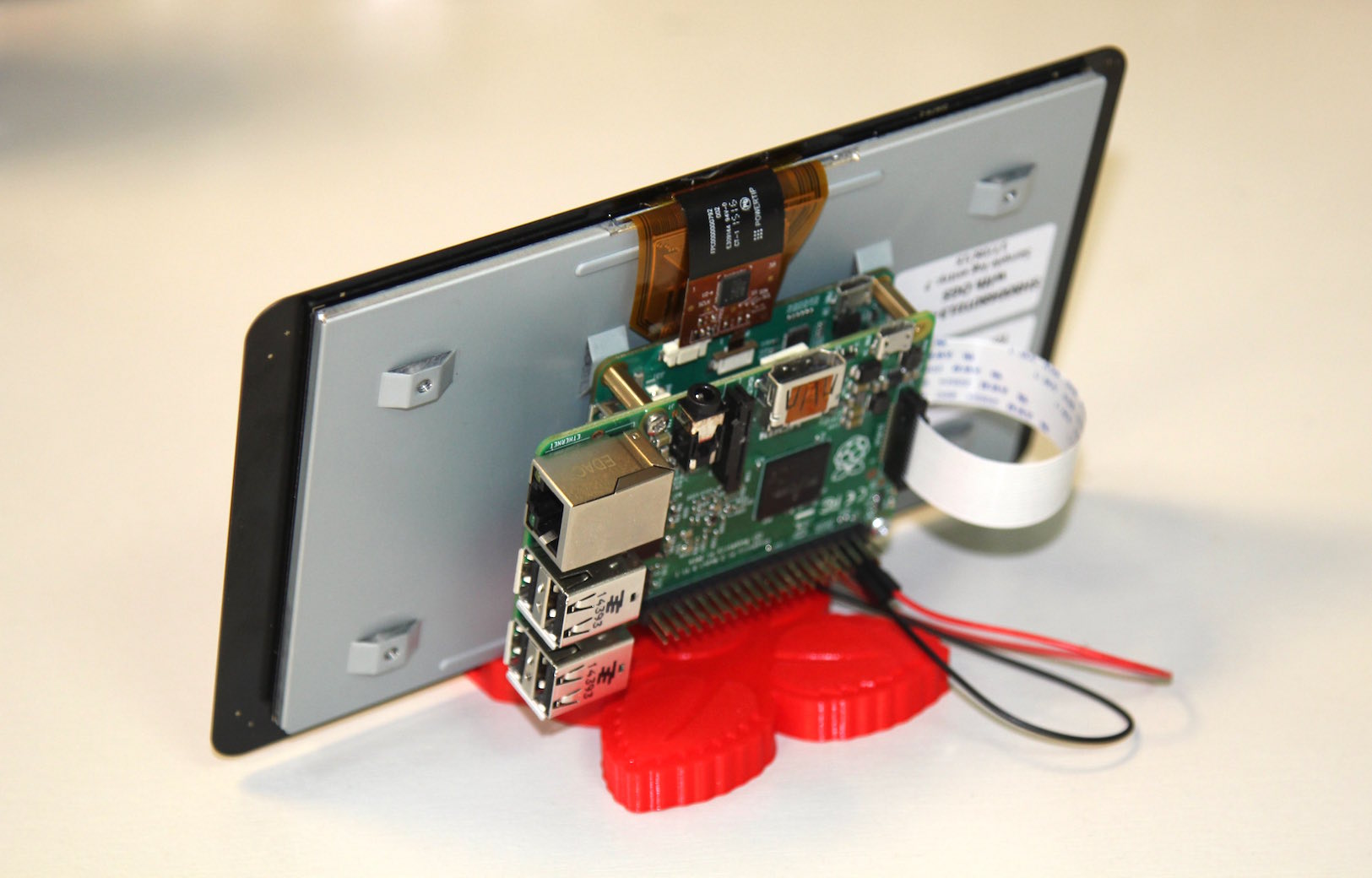

- #HOW DISPLAY IMAGE WITH IMAGEMAGIC WITH RASPBERRY PI INSTALL#
- #HOW DISPLAY IMAGE WITH IMAGEMAGIC WITH RASPBERRY PI CODE#
That’s at least 4.6 million GPIO pin settings in half a second! Note that this sends out all the data pixel by pixel to the display, and that each pixel takes the bit-banging of 2 bytes (the interface to the LCD is 8-bit wide), so each pixel takes at least 20 calls to digitalWrite(): 8 to set the data bits, and 2 two to toggle a clock pin – times two for the 2 bytes per pixel. uint32_t) array, although the image really only needs an uint16_t. The function to write the image is cv2.imwrite () and it also takes two arguments: the first argument is the image file name (Image will be saved with this file name) and the second argument is the name of the image you want to save. Which is why rgbOut15 is declared as “unsigned” (int, i.e. Write an Image in OpenCV with Raspberry Pi.
#HOW DISPLAY IMAGE WITH IMAGEMAGIC WITH RASPBERRY PI CODE#
Total waste of space, and probably the result of a rushed port from the UTFT code (written to assume 16-bit ints) to the RPi. The other gotcha was that the bitmap to be supplied to the LCD library on top of WiringPi was expected to store each pixel in a 32-bit int. This isn’t some tiny embedded 8-bit ♜ with a few kilobytes – it’s a full-blown O/S running on a 32-bit CPU with virtual memory! Note that this is a C program compiled and running under Linux on the RPi, and that it can therefore easily allocate some huge arrays. I didn’t see a quick way to convert the format to the desired 5-6-5-bit coding needed for the LCD, and since the code to write to the LCD is written in C anyway (to link to WiringPi), I ended up doing it all in a straightforward loop: As expected, the resulting image file is 320 x 240 x 3 = 230,400 bytes. This handles both the rescaling and the transformation to a file with (R,G,B) types, each colour is one byte. Then we can run “convert” from the command-line (long live the Unix toolkit approach!): convert snap.jpg -geometry 320x240 -normalize snap.rgb
#HOW DISPLAY IMAGE WITH IMAGEMAGIC WITH RASPBERRY PI INSTALL#
The “convert” command makes things very easy, but first I had to install ImageMagick: sudo apt-get install ImageMagick



 0 kommentar(er)
0 kommentar(er)
